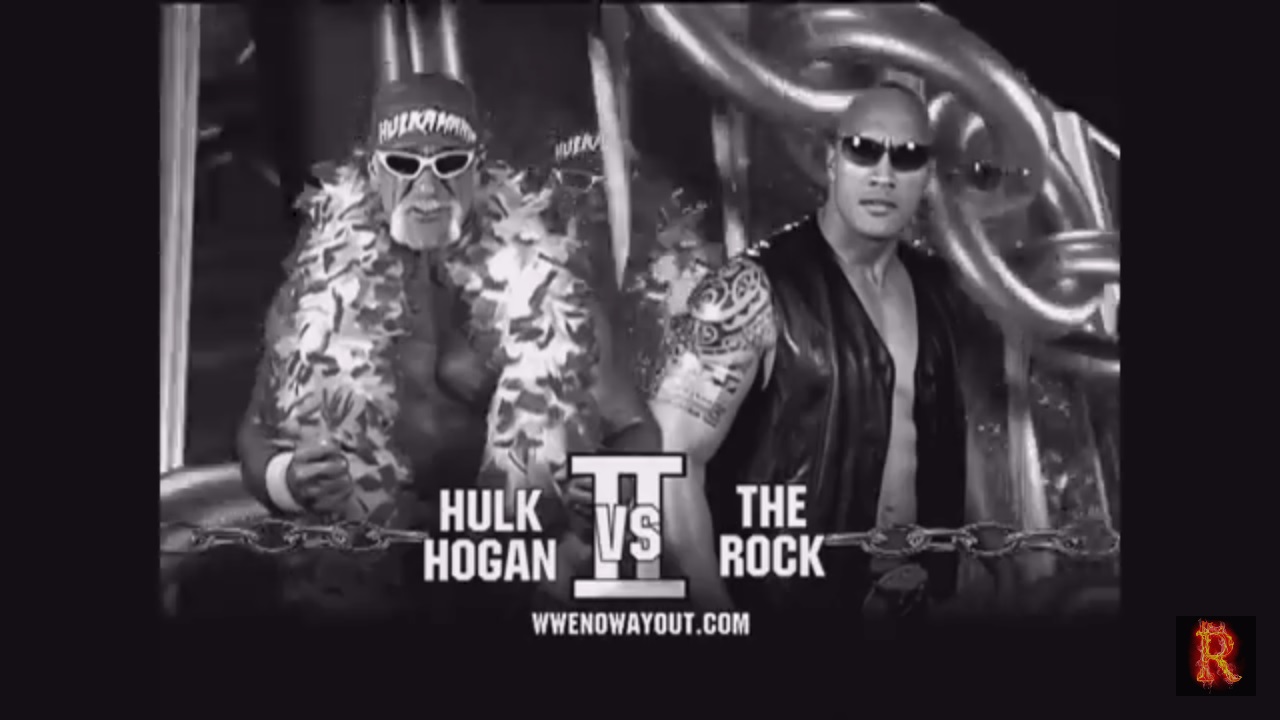Where in WWE (World Wrestling Entertainment) can you say that you saw: Vince, Shane, & Stephanie McMahon, Goldberg, Hulk Hogan, The Rock, ‘Rowdy’ Roddy Piper, Scott Steiner, The Undertaker, Stone Cold Steve Austin and Shawn Michaels all compete for the same company in one calendar year. The past, present, and future would be present in one mega year in WWE.
2003 is that year where moments like this happened. Coming off the cusp of the Attitude Era and the end of World Championship Wrestling (WCW), WWE was on a charge to bring in a new era, an era that showed more “Ruthless Aggression.”
The buyout of WCW in 2001 left some of the biggest names in professional wrestling out of a job. Over the next few years, some of those names: Hulk Hogan, Scott Steiner, and Goldberg would shock the world by making the jump to WWE.
2003 arguably was one of the biggest years in professional wrestling history. Every pay per view match card had not only some of the best wrestling matches, but some pay per views told really good stories that created dynamics for several superstars.
In 2003, we saw the rise of the future of the WWE, the last match of the legendary career of Stone Cold Steve Austin, and the debuts of wrestlers that we never expected to see in our lifetime.
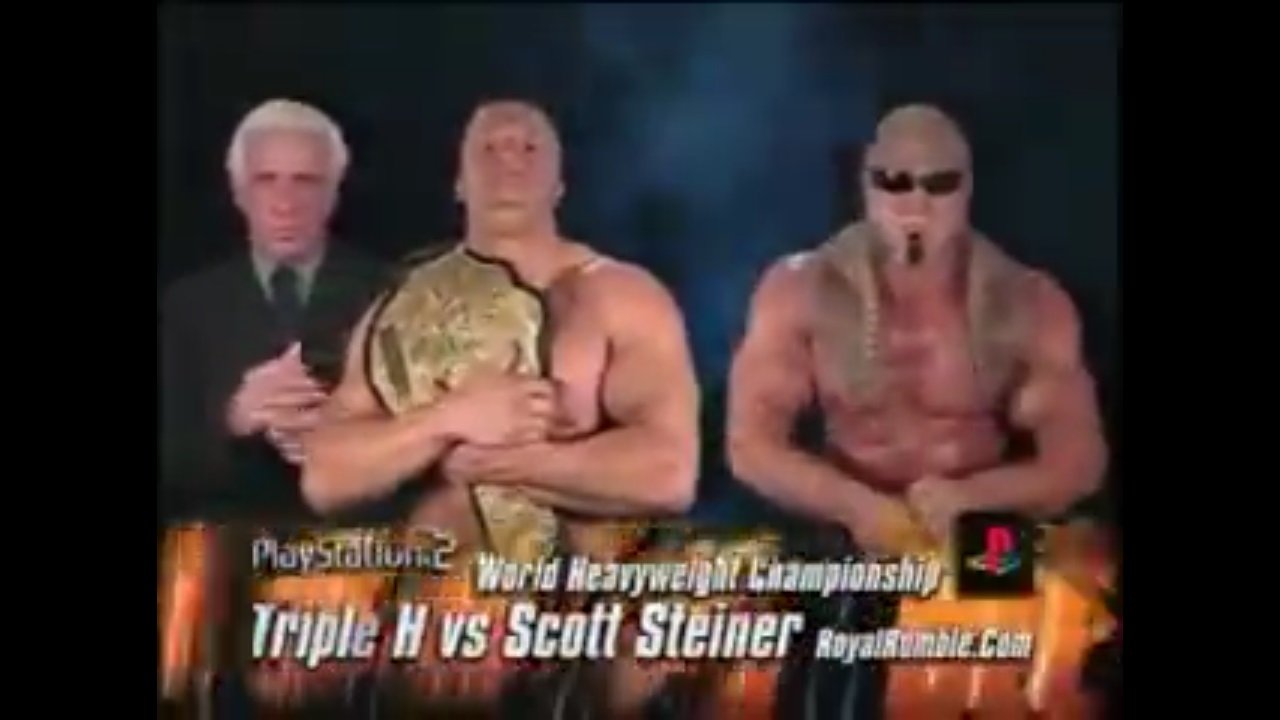 Let us begin in January, shall we? At the Royal Rumble in one of the World Championship matches, Triple H defended his title against Scott Steiner. Steiner had debuted for WWE at the Survivor Series the previous November. It was a surreal moment, seeing him, a former WCW headliner, cutting a promo in Madison Square Garden, which was one of the biggest landmarks for the WWE.
Let us begin in January, shall we? At the Royal Rumble in one of the World Championship matches, Triple H defended his title against Scott Steiner. Steiner had debuted for WWE at the Survivor Series the previous November. It was a surreal moment, seeing him, a former WCW headliner, cutting a promo in Madison Square Garden, which was one of the biggest landmarks for the WWE.
In February, another must-see pay per view event took place. No Way Out took place in Montreal, Quebec, Canada, which was the first pay per view in Montreal since the infamous Survivor Series in 1997. The February pay per view in WWE usually transitions towards WrestleMania the next month.
This show from head to toe did so with great matches and great storytelling. With the much-anticipated rematch between The Rock and Hulk Hogan, Mr. McMahon costing yet another star a win in Montreal, and the main event of WrestleMania adding intensity between Kurt Angle and Brock Lesnar.
This leads to WrestleMania 19, which was one of the greatest WrestleManias of all time. From start to finish, each match told a significant story. Matches like: Shawn Michaels (who was competing in his first WrestleMania in 5 years) versus Chris Jericho, The Rock versus Stone Cold Steve Austin, Vince McMahon versus Hulk Hogan, and the Main Event, Brock Lesnar versus Kurt Angle, made WrestleMania 19 a WrestleMania that fans like myself go back from time to time to rewatch over and over.
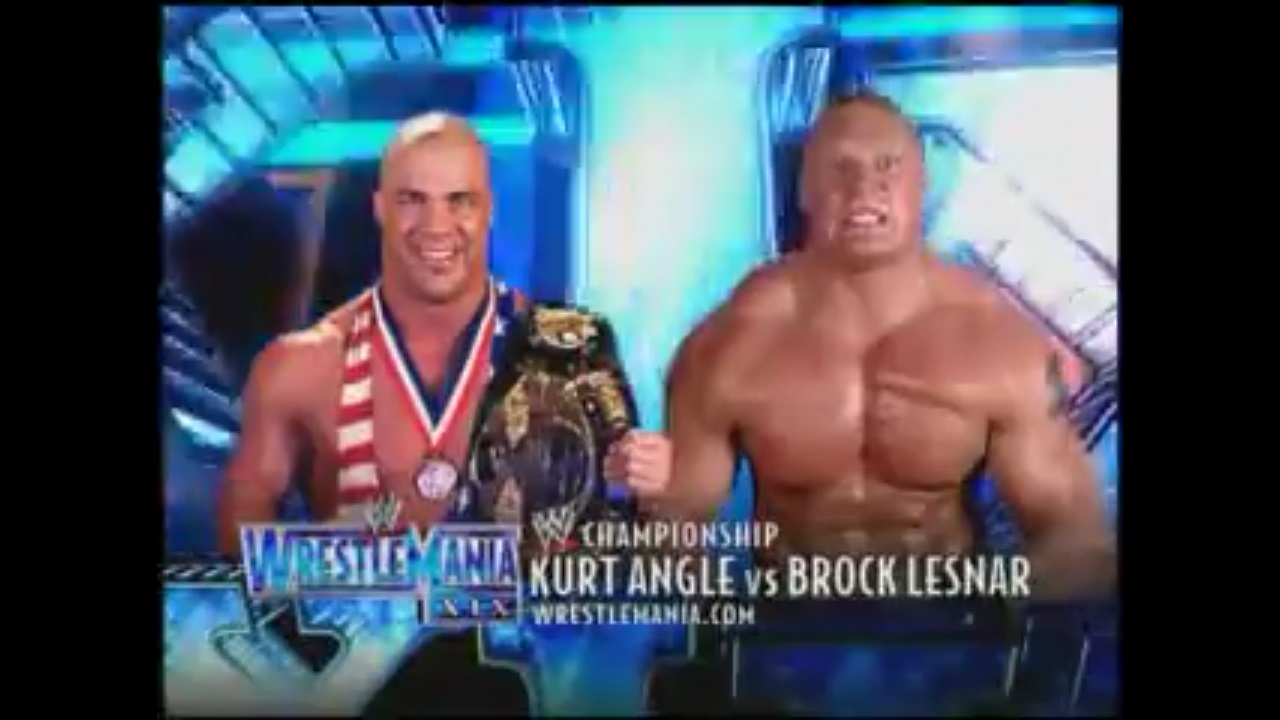 However, a monumental moment occurred the night after when Goldberg made his WWE debut.
However, a monumental moment occurred the night after when Goldberg made his WWE debut.
In April, we got to see the first time ever matchup between Goldberg and the Rock at Backlash. However, at that pay per view, we also got to see the spark that lead to the rise of John Cena as he took on Brock Lesnar for the WWE Championship. However, a match that stole the show was the opening tag team match between Charlie Haas and Shelton Benjamin as they took on Eddie and Chavo Guerrero for the WWE Tag Team Championships.
As a prime example of the tag team division at the time on SmackDown, these two teams stole the show right away with excellent tag team wrestling and storytelling of the heels (bad guys) cheating to win the match.
In May at Judgement Day, SmackDown showed their rise by stealing the show again. This was another great Tag Team Championship match, this time in a ladder match. However, Tajiri had to replace an injured Chavo Guerrero as Eddie Guerrero’s partner against Charlie Haas and Shelton Benjamin.
 The other match in which SmackDown stole the show was the main event between Brock Lesnar and Big Show in a stretcher match. The challenge was to see how Lesnar would be able to put Big Show on a stretcher and move it to end of the stage. In the end, it had an innovative finish, with him using a forklift to carry Show.
The other match in which SmackDown stole the show was the main event between Brock Lesnar and Big Show in a stretcher match. The challenge was to see how Lesnar would be able to put Big Show on a stretcher and move it to end of the stage. In the end, it had an innovative finish, with him using a forklift to carry Show.
June brought the first ever Raw exclusive pay per view, Bad Blood. The show overall was decent and had a few quirky moments like the redneck triathlon between Raw General Managers at the time Eric Bischoff and Stone Cold Steve Austin. However the match that stole the show was the historic matchup between Ric Flair and Shawn Michaels.
SmackDown countered with their own exclusive pay per view Vengeance in July. This pay per view really showcased the talent on SmackDown at the time. Historically speaking, this was the first-ever matchup between the veteran The Undertaker and the up in coming megastar John Cena.
The next time those two faced each other was WrestleMania 34, 15 years later. This show also marked the debut of the WWE United States Championship. Eddie Guerrero became the first champion and would hold onto the Championship until October.
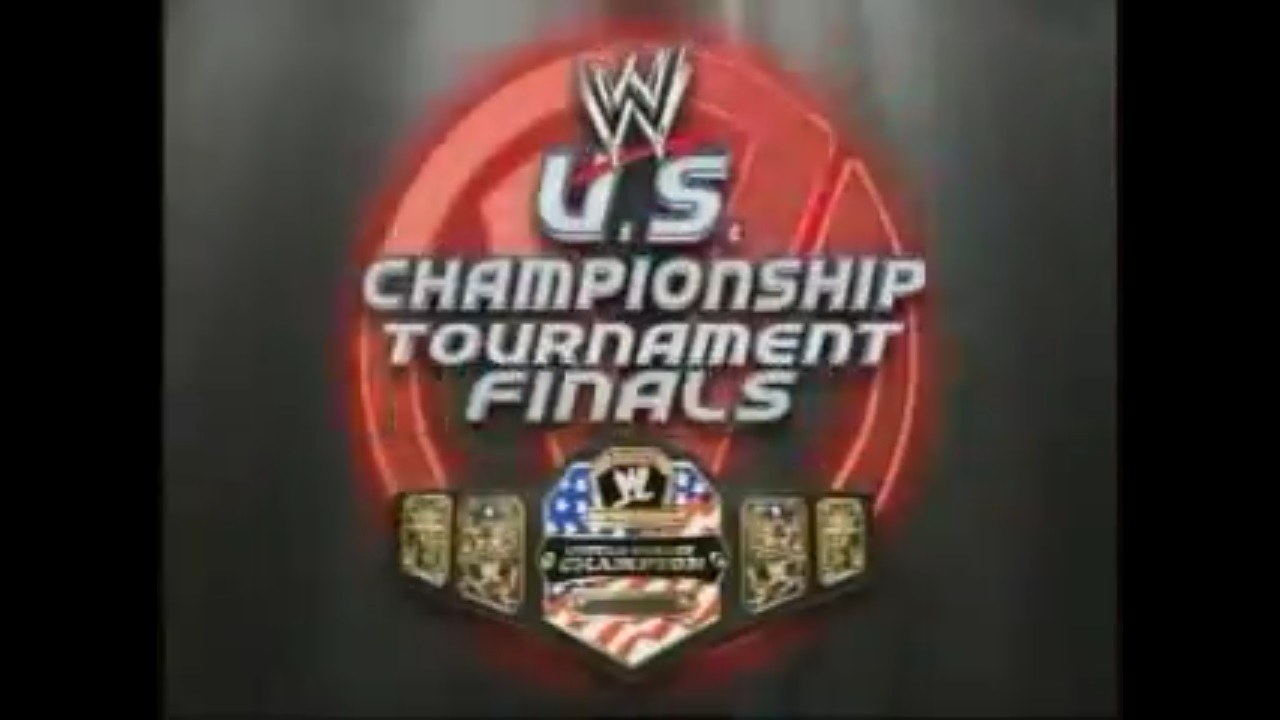 At the third of the big 4 pay per views, SummerSlam was honestly one of the least memorable in history. Brock Lesnar and Kurt Angle’s rematch for the WWE Championship was the match of the night. However, the Elimination Chamber match for the World Heavyweight Championship hurt the dynamic of Goldberg and the main event picture on Raw.
At the third of the big 4 pay per views, SummerSlam was honestly one of the least memorable in history. Brock Lesnar and Kurt Angle’s rematch for the WWE Championship was the match of the night. However, the Elimination Chamber match for the World Heavyweight Championship hurt the dynamic of Goldberg and the main event picture on Raw.
In September, Raw did what they should have done at SummerSlam with Goldberg finally winning the World Heavyweight Championship over Triple H. However, during 2003, there was a rise of a new superstar, Randy Orton.
Just like John Cena is on the rise on SmackDown, Randy Orton is becoming the next big superstar on Raw. Adapting a “Legend Killer” stigma and making a statement that he is the future of WWE by beating Shawn Michaels at Unforgiven. He spent 2003 under the wing of Ric Flair and Triple H in the group, Evolution. He would later blossom into a huge star and showed that he would be the future of the WWE.
October’s No Mercy would become a significant pay per view for SmackDown in the near future. Just like how the young Randy Orton took on the veteran Shawn Michaels the month prior, John Cena took on the veteran Kurt Angle. This was the only second time these two squared off, the first being John Cena’s debut on SmackDown a year before.
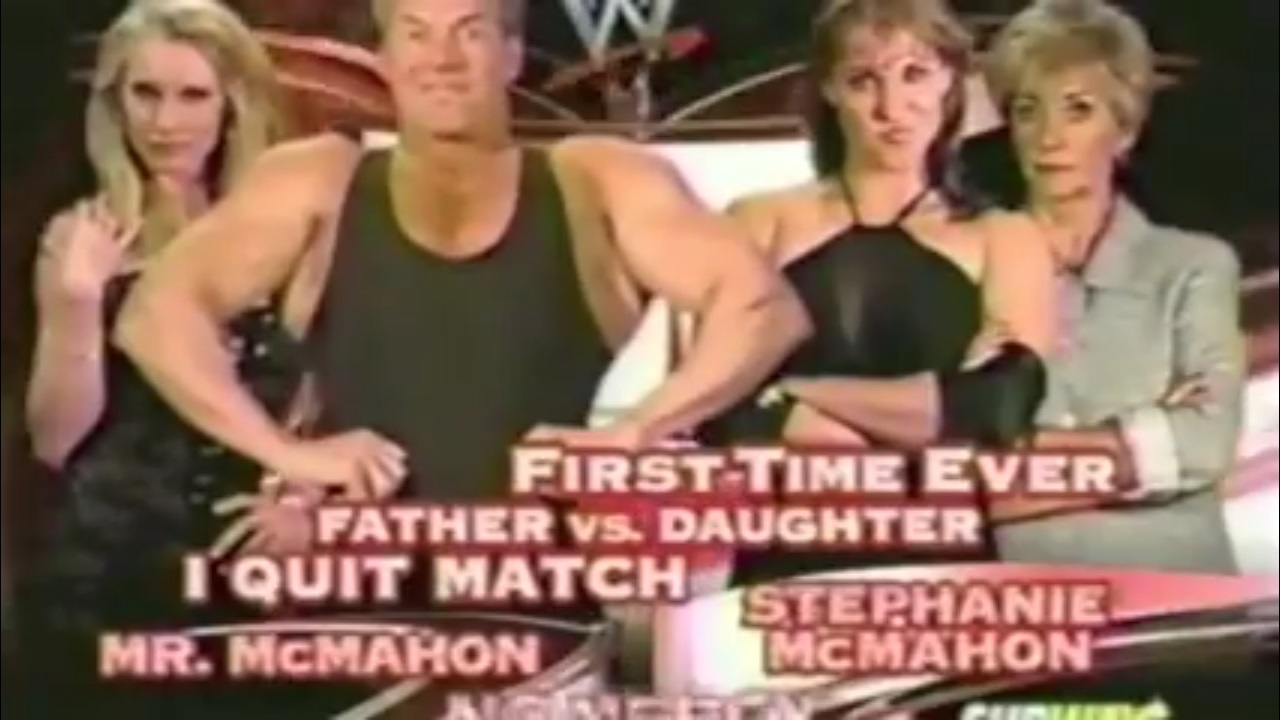 This show however showed the problem on SmackDown which was the McMahons (Stephanie and Vince) being prominent in the main storylines on SmackDown. The two faced off in the first and only father-daughter “I Quit” match where Vince won and made Stephanie quit her job as SmackDown General Manager.
This show however showed the problem on SmackDown which was the McMahons (Stephanie and Vince) being prominent in the main storylines on SmackDown. The two faced off in the first and only father-daughter “I Quit” match where Vince won and made Stephanie quit her job as SmackDown General Manager.
However, the Vince McMahon was not done there. He involved himself in the Brock Lesnar and The Undertaker WWE Championship match later that night. This would set up Vince and Undertaker’s Buried Alive Match at Survivor Series.
In the final big 4 pay per view of the year, Survivor Series became almost a spark that led to the road to WrestleMania 20 next year. With John Cena and Randy Orton pinning the last men on the opposing teams in their respective traditional Survivor Series elimination tag team matches, they would go on to win their respective matches at WrestleMania.
Also at Survivor Series, with the help of Kane, Vince McMahon was able to bury The Undertaker at the same place where The Undertaker made his debut 12 years prior. However, it was out with the “American Badass” and the resurrection of “The Deadman.” As this lead to the resurrection of The Undertaker’s older character at WrestleMania 20, which he faced his “brother” Kane.
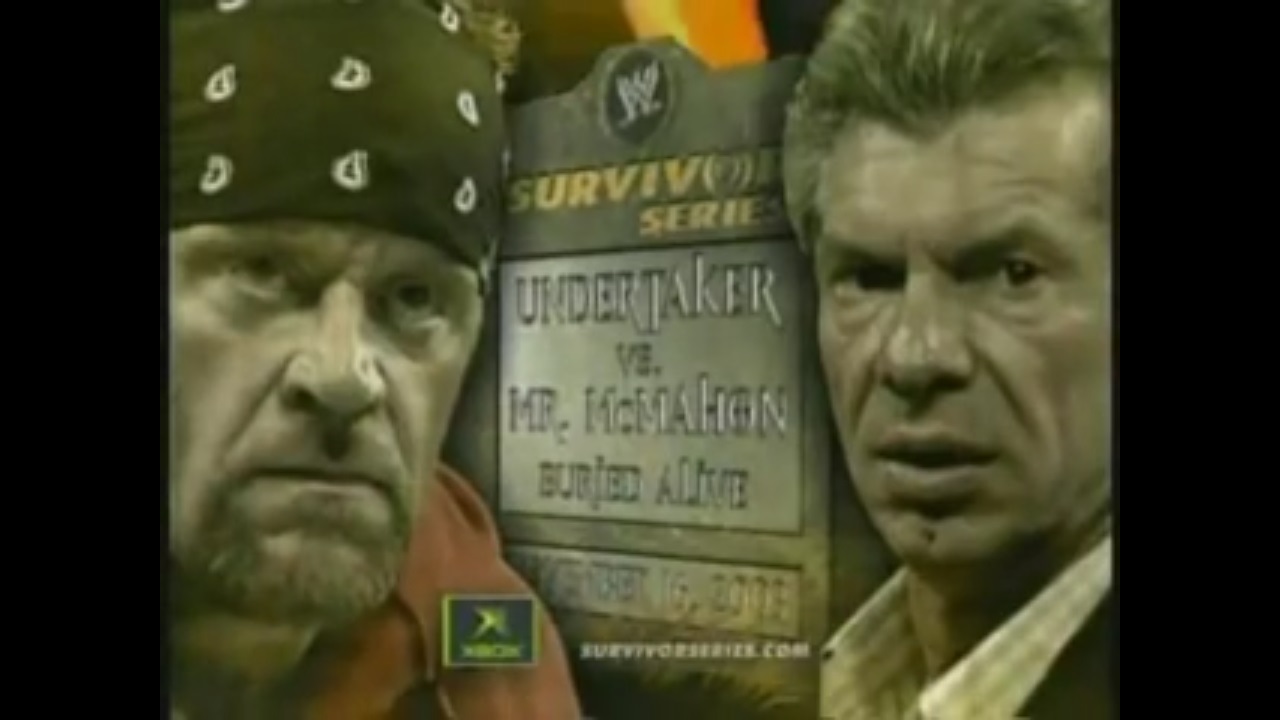 At Armageddon in December, Raw’s future was set in stone. All four members of Evolution (Triple H, Orton, Batista and Ric Flair) came out of the pay per view with championships around their waists.
At Armageddon in December, Raw’s future was set in stone. All four members of Evolution (Triple H, Orton, Batista and Ric Flair) came out of the pay per view with championships around their waists.
Triple H regained the World Heavyweight title from Goldberg, Orton won his first title, the Intercontinental championship and Batista captured the World Tag Team championship with Flair. The group had total control of Raw. Evolution showed the past, present and future of WWE, which was portrayed to a tee by the ending of Armageddon.
2003 was arguably the greatest year in WWE history. So many memorable moments occurred and seeds were planted for the future of the company. John Cena and Randy Orton would become the faces of the company for over a decade as they continue to lead WWE into the future generations.
No year shows more importance to the future of WWE and shows the transition of the past generations and the “Attitude Era” into the future generations and the “Ruthless Aggression Era.” There has not been a year like 2003 and I wonder if there will ever be another year to capture that magic?
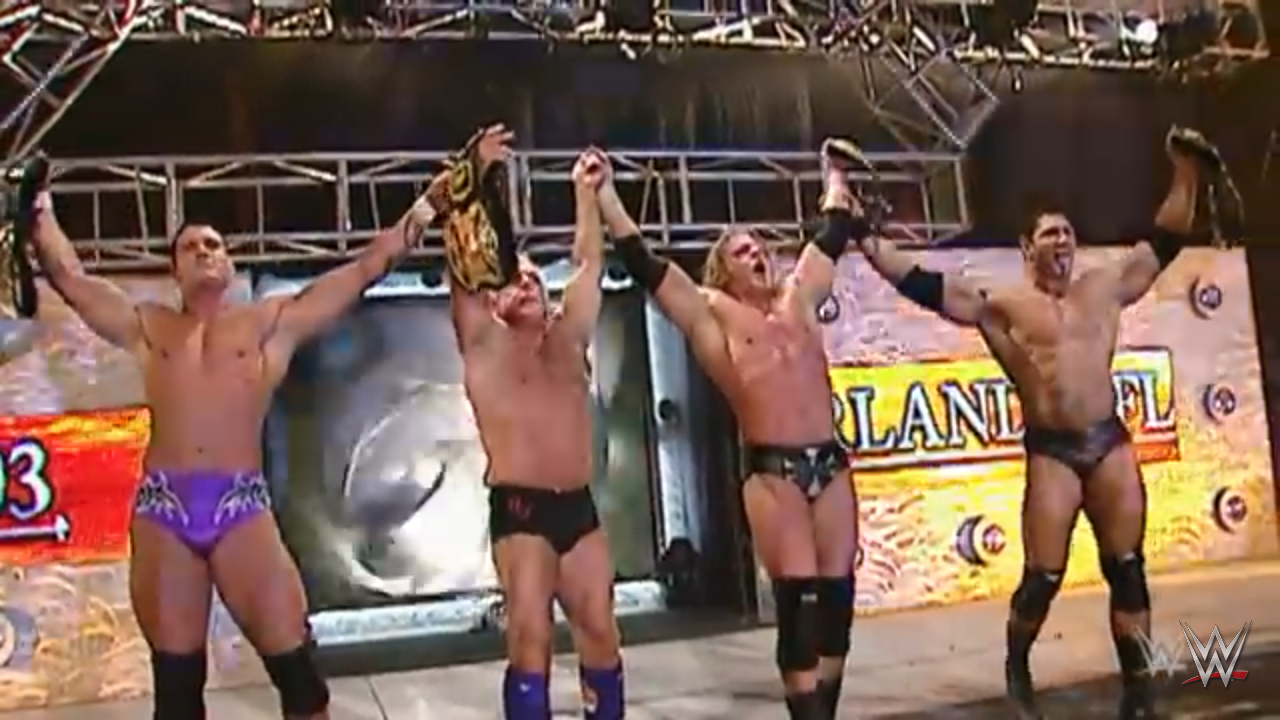
David Jacobus
Intern


